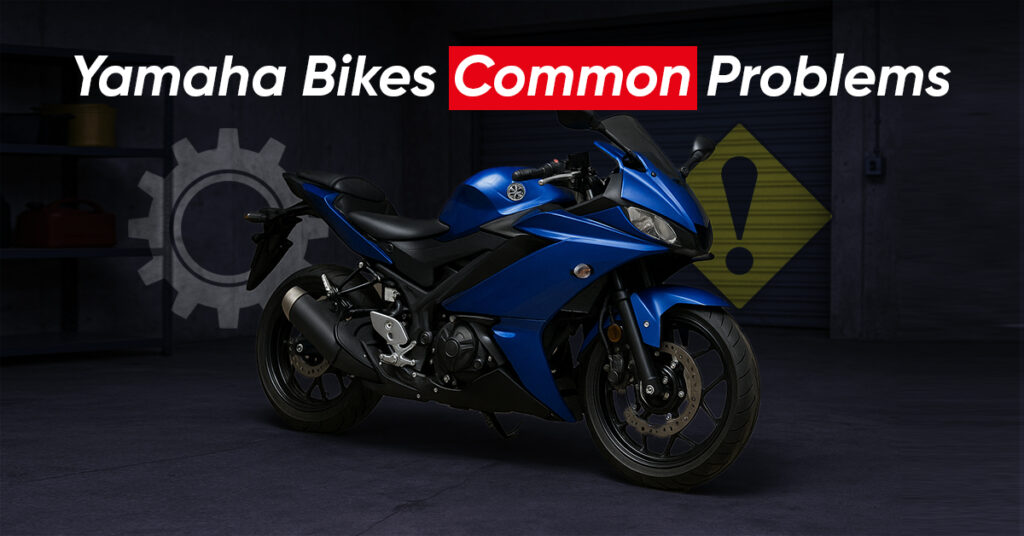Yamaha bikes are loved all over the world, and honestly, it’s easy to see why. From the aggressive R1, the MT-07, to the comfy FJR, Yamaha has a bike for every kind of rider. But let’s face it, no machine is perfect forever. Parts wear out, roads are rough, things break, and even the best motorcycles start acting up sooner or later. And that’s what this guide is for, to help you stay ahead of problems before they turn into expensive repairs. In this blog, we’ve pulled together the Yamaha bikes common problems, what they feel like, why they happen, and how to deal with them.
A Detailed Analysis of Yamaha Bikes Common Problems and Their Solutions
1. Engine and Cooling System Issues
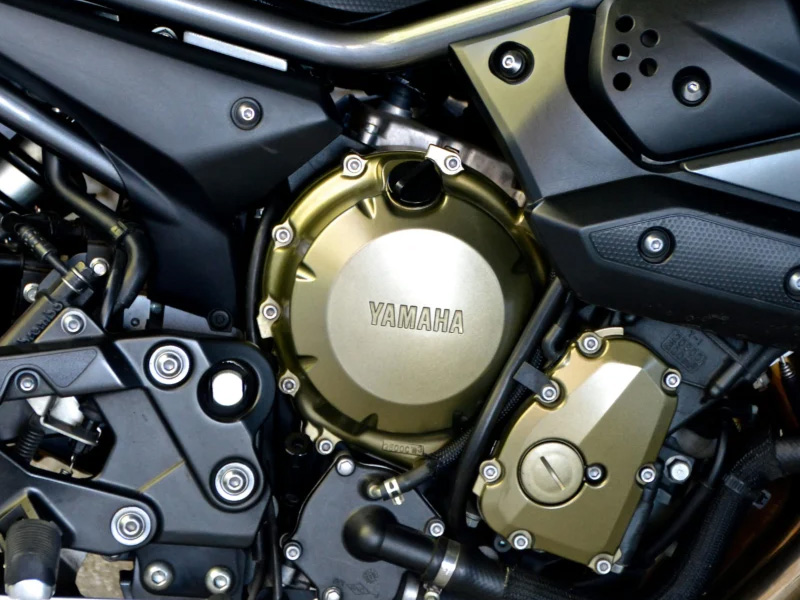
One of Yamaha bikes common problems is that sometimes your bike just doesn’t start or worse, it starts fine and then randomly shuts off at a red light or halfway through a ride. It happens, most of the time, it’s something simple like a dead battery, a clogged fuel filter, or a spark plug that gave up without telling you. Riders often think it’s something big, but before panicking, just check your battery, look at your fuel lines, clean or change the plugs. Simple stuff first.
On the other hand, overheating is also another one of Yamaha bikes common problems, especially with bikes like the R6. The reason might be a dirty radiator, a weak coolant mix, or a busted thermostat and if you’re seeing white smoke from the exhaust? That could be a leaking head gasket.
Also, if you’re noticing blue smoke? That’s not fog, that’s oil being burned and it usually means your engine has some wear and tear inside, like bad piston rings or leaky valve seals. Catch it early, and it’s a smaller job. Wait too long, and you’ll be shelling out for a full engine rebuild.
Quick Troubleshooting Table:
| Symptom | What’s Likely Going On | What You Can Do |
| Engine won’t start | Dead battery or fuel blockage | Test battery, check/replace fuel filter |
| White exhaust smoke | Coolant leaking into engine | Pressure test cooling system; replace gasket |
| Blue exhaust smoke | Oil burning due to engine wear | Do a compression test; fix piston rings/seals |
2. Transmission and Drivetrain Problems
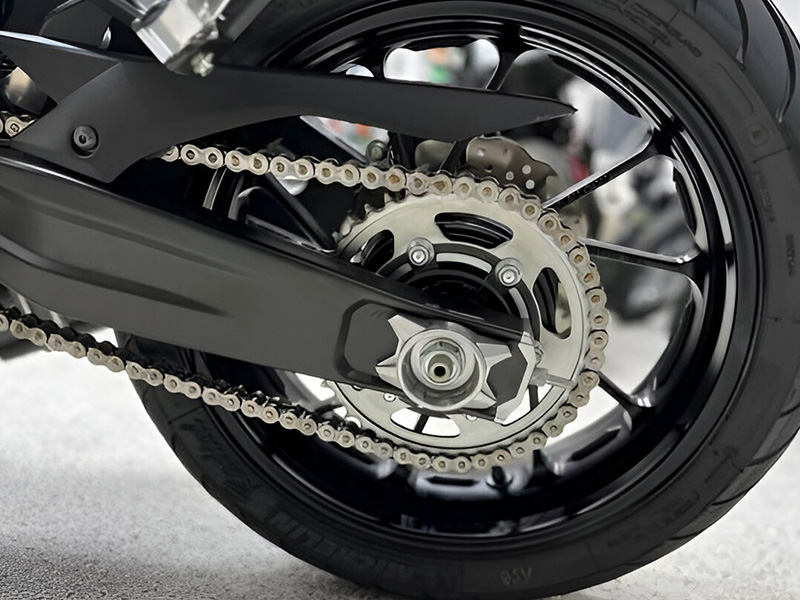
Ever twist the throttle and your engine revs but your speed barely changes? That’s clutch slippage, and it’s super common problem in Yamaha bikes on performance models like the R1. Usually, the clutch plates are glazed or the springs are tired, or someone used car oil instead of bike oil. Fixing it might mean upgrading to stronger plates and adjusting the cable a bit.
Another thing: if your gears feel hardened or you’re going into false neutrals, your transmission might be dry or overdue for a fluid change. Bikes with hydraulic clutches like the FJR handle this better, but if you’ve got a cable clutch (like on the MT-07), it needs regular adjustment or you’ll start noticing problems.
Also, your chain and sprockets need some care. A loose chain sounds noisy and makes power delivery feel weird. And worn sprockets? They’re dangerous. Clean and lube your chain every 500 miles or so, and replace the full kit every 15,000–20,000 miles.
You might this interesting – The Downfall of KTM Bikes in India
3. Suspension and Handling Quirks
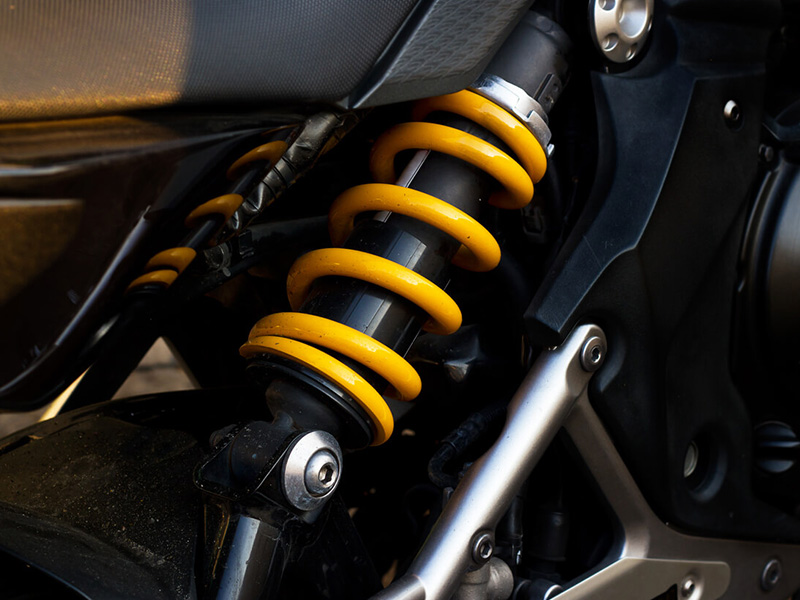
Another one of Yamaha bikes common problems is suspension, the MT-07 is a great bike, but its stock suspension isn’t built for heavier riders or rough roads. Many owners say it feels too soft, it bottoms out, dives under braking, and gets shaky when things get uneven. It’s comfy, sure, but not exactly performance-ready. How can you fix it? Upgrade the fork springs, change the rear shock, or have a suspension kit.
Off-roading bikes like YZ450F sometimes complain about the front-end handling feeling vague or unstable. Yamaha actually improved this in newer versions by stiffening engine mounts and tweaking geometry. If you’re riding an older model, you can swap in those newer parts and tweak your suspension to match.
One more thing, if your steering feels weird or you hear a notch when turning the bars, it might be your steering head bearings. Greasing them during tire changes can prevent this from becoming a bigger issue.
4. Electrical and Display Problems
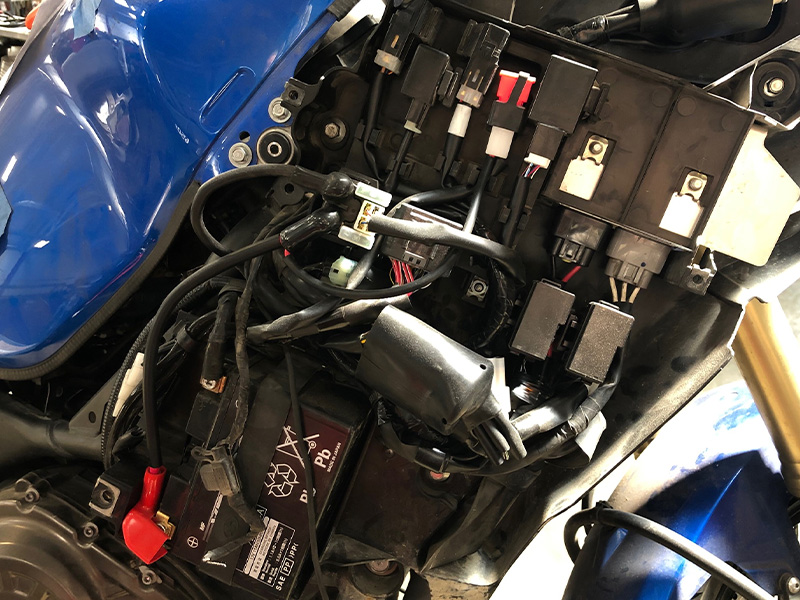
Battery and charging issues, another one of Yamaha bikes common problems. Maybe the bike won’t start, or it dies mid-ride. Usually, it’s corroded terminals, an old battery, or a failing stator. Grab a multimeter and test it: if your battery shows under 12.6V when off or under 13.5V while running, it’s time you get it checked.
Now, if you own a Yamaha e-bike, you’ve probably noticed weird behaviour, like the screen freezing, distance range jumping around, or walk mode not working. That’s usually a software glitch. Sometimes a simple update fixes it.
5. Build Quality and Rider Comfort
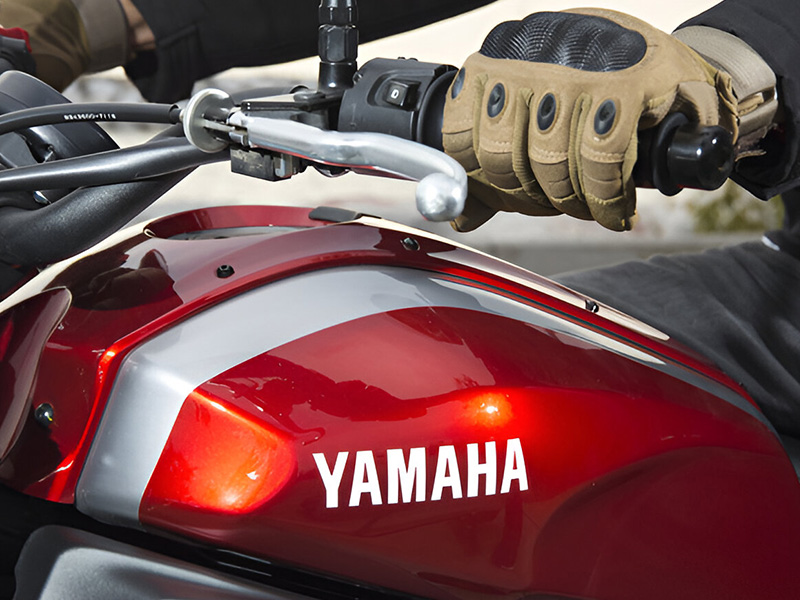
Not every Yamaha is built like the R1. Budget models like the MT-07 cut corners in small ways, things like thin plastic panels, footpegs that rust fast, and coolant pipes that don’t hold up well in winter, all these add up to as another one of Yamaha bikes common problems. However, a quick rinse after wet rides and some anti-rust spray can go a long way here.
Then there’s the seat, most Yamaha stock seats aren’t made for long rides. The MT-07’s seat starts to hurt after an hour, and even the touring-friendly FJR could use an upgrade if you’re doing 300+ mile days. Yamaha offers a “comfort seat,” but brands like Sargent or Corbin? Total game-changers.
And one more problem is heat, the FJR improved this in later generations, but you’ll still feel engine warmth on hot days in traffic. Adding a heat shield or changing the exhaust can help you stay a little more comfortable.
Fun reads – History of the Yamaha R15 | A True Race-Bred Motorcycle in India
Maintenance Tips to Avoid Yamaha Bikes Common Problems
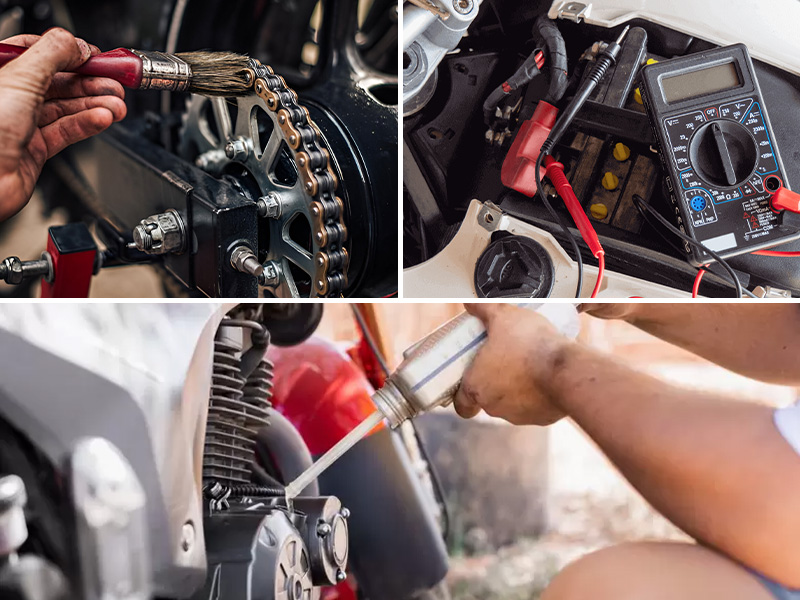
Want to avoid Yamaha bikes common problems? Do a few small things regularly:
- Electrical: Use dielectric grease on battery terminals, and connect a battery tender during storage.
- Drivetrain: Clean and lube your chain every 500 miles, and watch out for worn sprockets.
- Cooling system: Flush the coolant every 2 years, check hoses for cracks.
Model-specific tips:
- R1/R6 riders – Install a fan override switch to keep things cool in traffic.
- MT-07 folks – Upgrade suspension springs or fork oil for better handling.
- FJR owners – Invest in a better seat if you’re riding all day.
Others Read – Why The Yamaha RD350 Is So Revered In India?
Final Thoughts
At the end of the day, no bike is perfect – not even a Yamaha. But that doesn’t mean you cannot avoid Yamaha bikes common problems. Most issues start small, and when you catch those little signs early. However, they’re easy to fix, they cost less, and they keep your ride fun and stress-free. Whether you own a powerful R1, a MT-07, or a long-distance FJR, every Yamaha needs some care to keep doing what it does best.
FAQ’s
- What are the weaknesses of Yamaha?
Some Yamaha bikes, especially the affordable ones, come with a softer suspension that doesn’t feel great on bad roads, and little things like footpegs or panels can rust if you don’t clean them often. And once in a while, you might face electrical issues or heating, but honestly, if you stay on top of maintenance.
- Are Yamaha bikes reliable?
Yes, they really are. Yamaha has this solid reputation for building bikes that last long and take rough use pretty well, but like with anything, you’ve got to look after it, clean it, get your services done on time, and not push it too hard all the time.
- What is the main problem in FZ?
If you’ve ridden the FZ for a while, you might’ve felt that the suspension feels a bit too soft, especially on bumpy roads. Some riders also talk about a little rust if you don’t wash it after rain, and once you cross higher speeds, it does vibrate a little.
- Is Yamaha better or Honda?
Yamaha gives you that sporty feel, quicker pickup, and that riding fun, while Honda is all about smoothness, great mileage, and when it comes to everyday use. So, if you want a thrill, choose Yamaha. If you want peace of mind, choose Honda might be the one.

